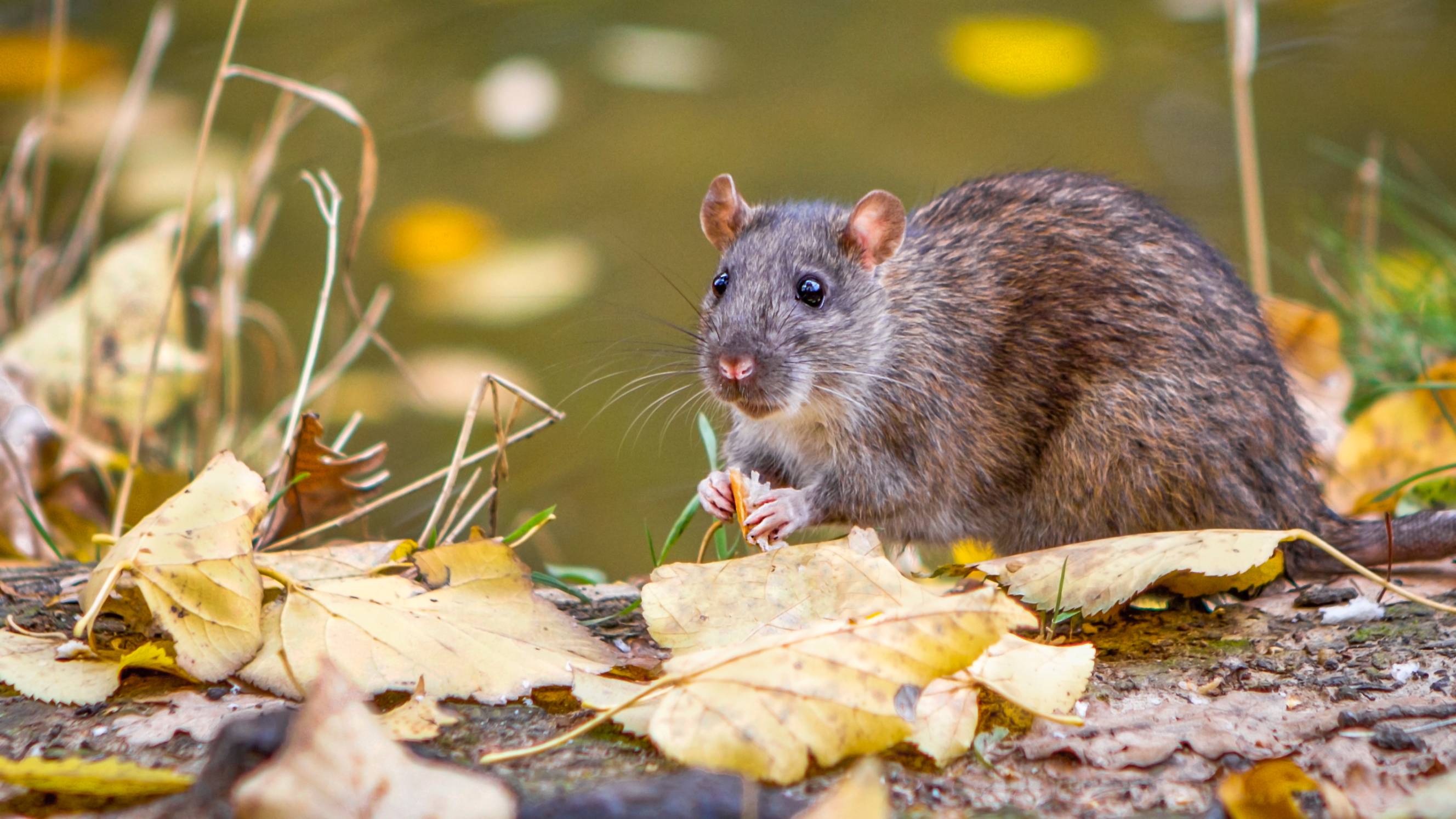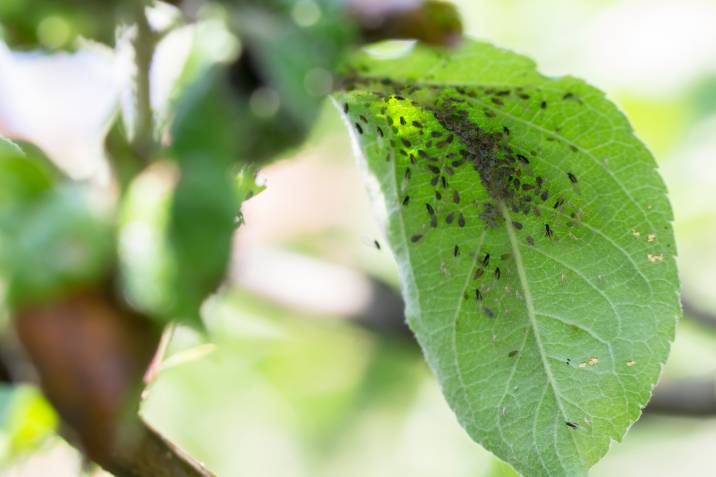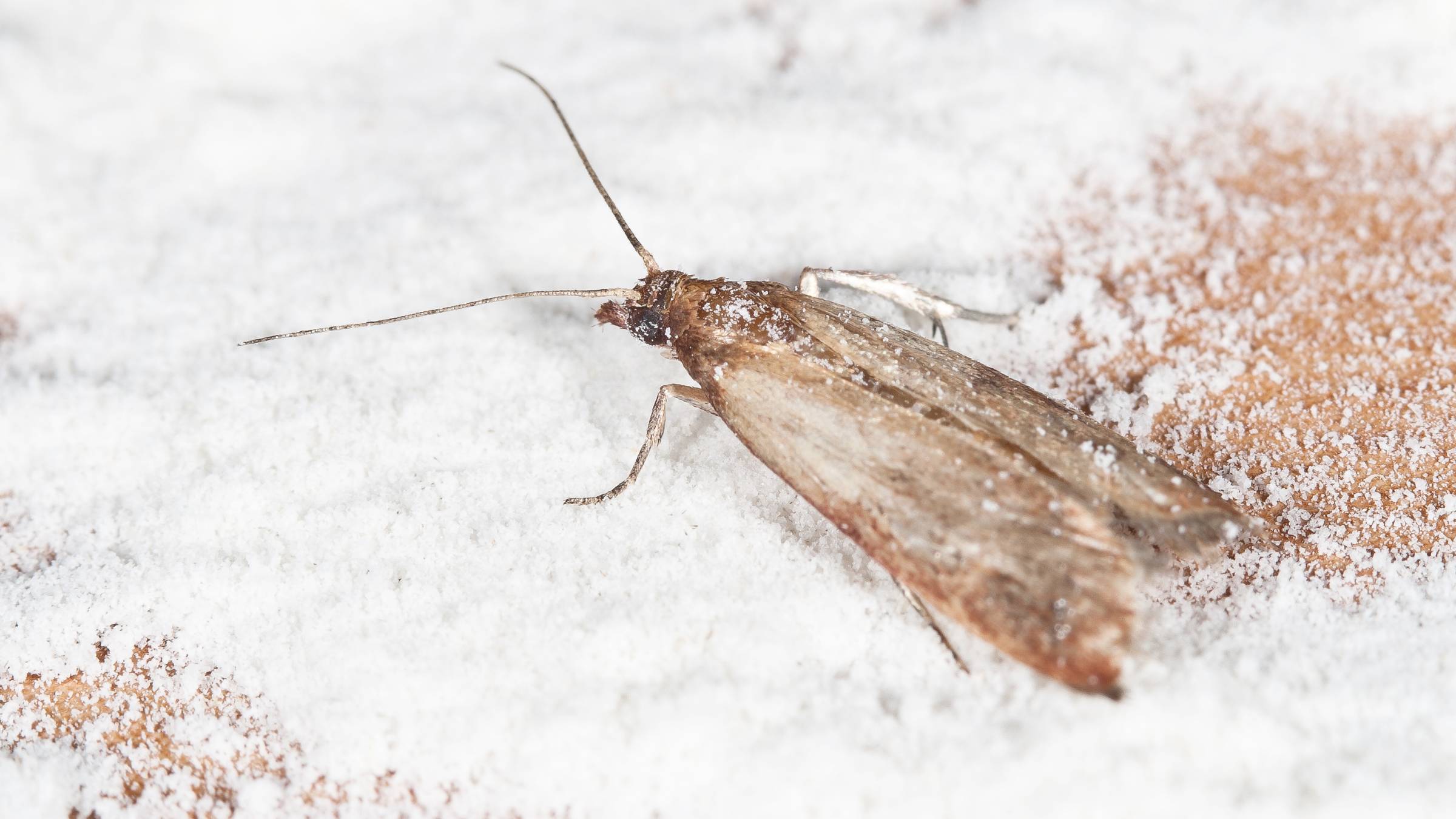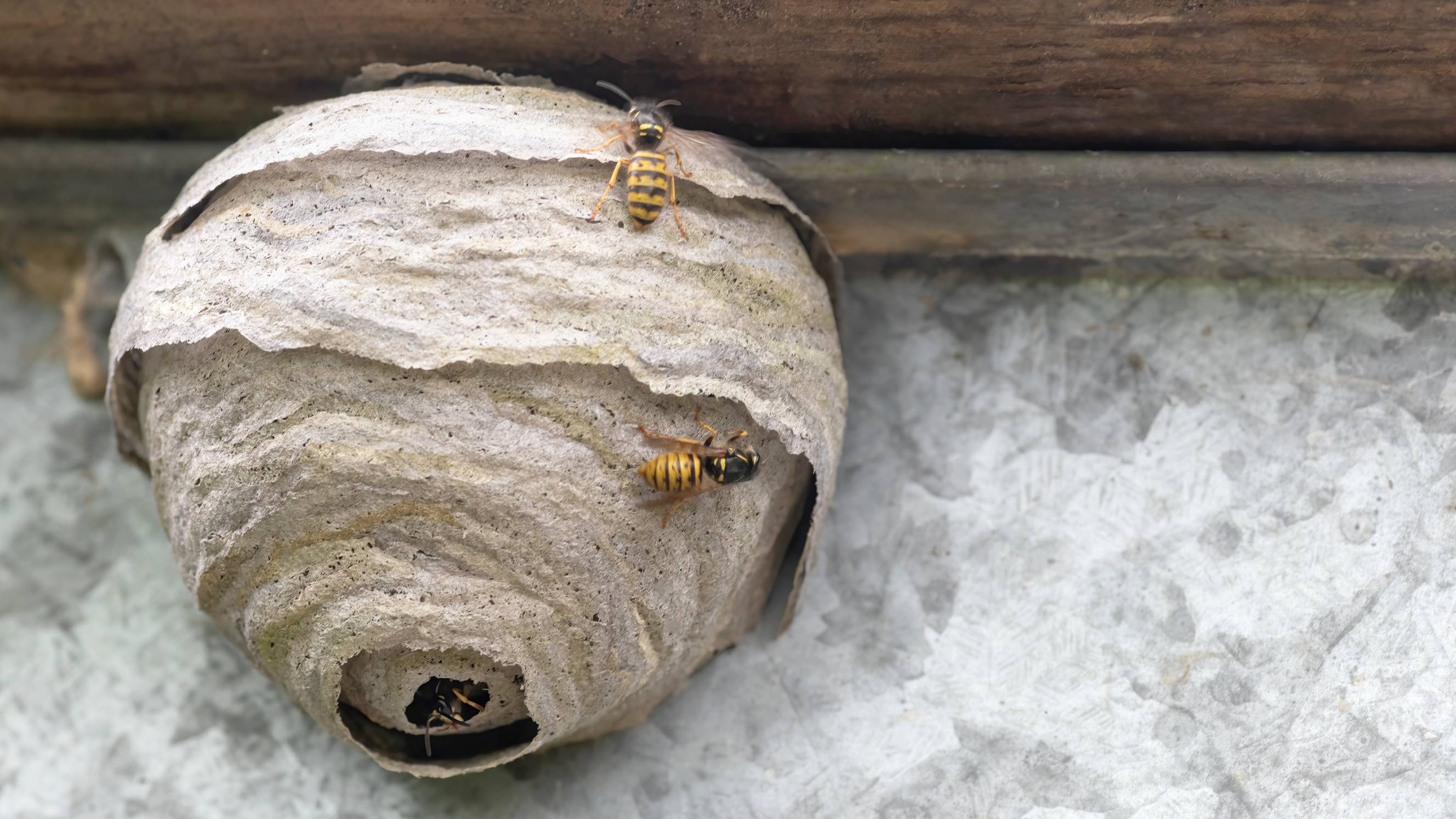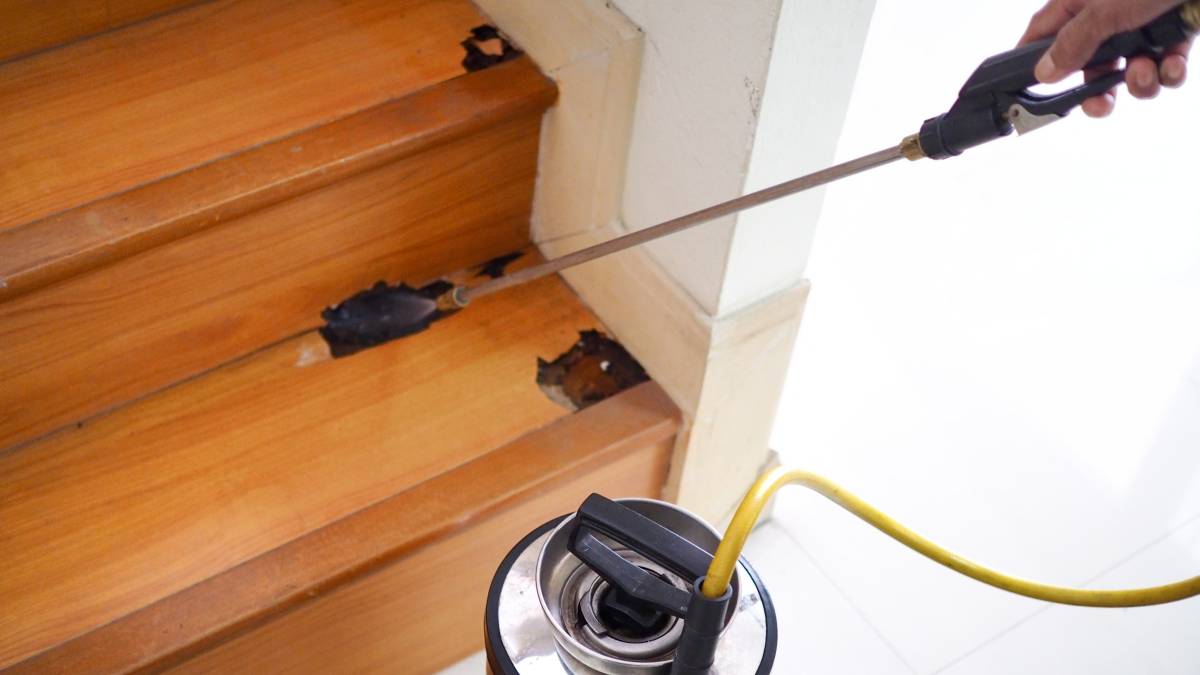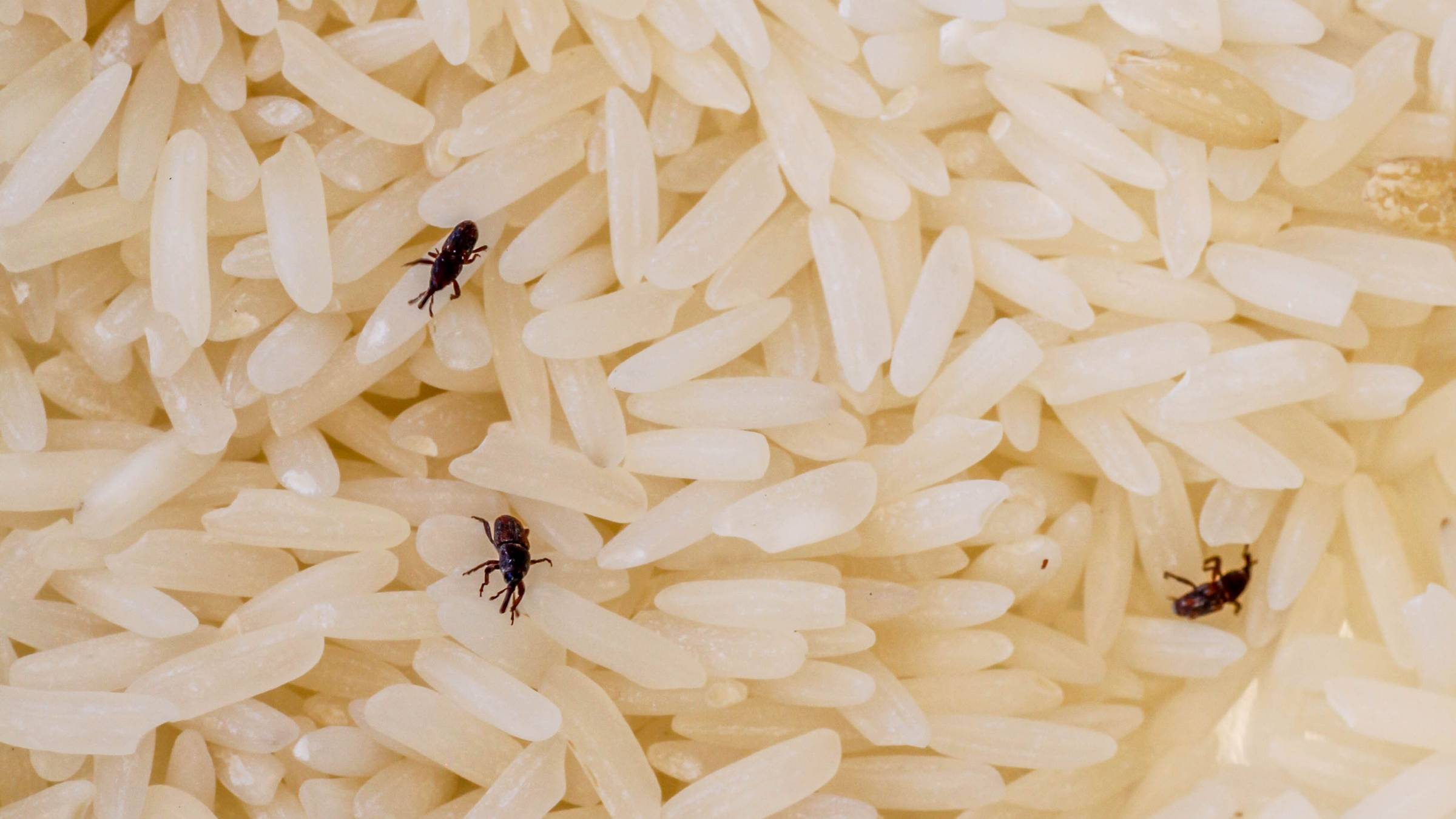
- Home/
- Guides/
- Pest Control/
- How to Get Rid of Weevils
Effective ways to eliminate pantry weevils
Learn step-by-step methods to get rid of rice weevils and keep your dry goods safe.
Last Updated on

Written by Angela A.
Staff Writer
Read more about our contributor
|
Skill level |
Estimated completion time |
Estimated cost |
|---|---|---|
| Beginner—no special tools or experience required |
From a couple of minutes to a couple of days |
No cost if using products already found in your home |
Key Takeaways
Pantry weevils are small beetles that infest and feed on stored dry foods like flour, rice, pasta, and grains.
Weevils become a problem because they contaminate stored food with their eggs, larvae, and waste, making it unfit to eat.
To quickly eliminate weevils, store dry goods in sealed containers instead of their original packaging.
Pantry weevils are a common problem in many homes. These tiny pests infest dry food like rice, flour, and pasta, spreading quickly and contaminating your pantry. They often go unnoticed until you find them crawling in your food or cupboards. Once they’re inside, they can multiply fast, making it hard to get rid of without taking the proper steps.
If this sounds familiar, don’t worry—this guide can help! We’ll walk you through a simple, step-by-step process on how to eliminate weevils and prevent them from coming back. With the right approach, you can keep your kitchen clean and your food safe.
What are weevils?
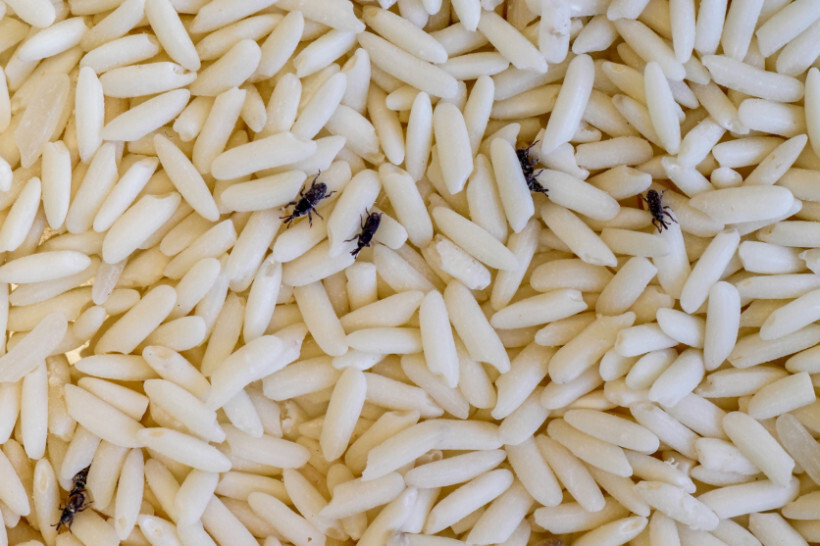 Infested dry goods like rice should be discarded immediately to prevent spreading. (Source: iStock)
Infested dry goods like rice should be discarded immediately to prevent spreading. (Source: iStock)
There are a few different types of weevils, but grain or rice weevils are among the most common. These are reddish-brown bugs that grow around 2.5-3.5mm in size. They mainly feed on grains but can also infest foods like pasta, dried fruit, and snacks. They can chew through plastic and cardboard, making it easy for them to spread between food items—so it’s important to know how to spot and stop them early.
Unlike other pests, like termites and cockroaches, weevils are especially unpleasant to see in your pantry or kitchen because they don’t just eat food—they live in it. They burrow into grains, lay their eggs inside, and turn your stored food into both a home and a feeding ground for their larvae. It’s also why they are dangerous because there might be weevils inside your stored food, and you wouldn’t know it.
Signs you may be dealing with a pantry weevil infestation
Weevils may be small, but they can really pack a punch when it comes to creating problems in your pantry. Because of how hard they can be to detect, it’s important to recognise early warning signs before it’s too late. To help you get started, here are some signs to keep an eye out for:
Presence of small brown or black beetles in or around pantry shelves and food containers.
Tiny holes in food packaging or grains can be a sign of larvae feeding inside food, which usually turn grains and similar food products hollow.
Fine powdery residue left in containers or around food is typically the result of infested grains having broken down.
Clumps or webbing may point to active larvae as the primary culprits.
Other small pests found near dry food can also mean a potential infestation is occurring.
Contaminated grains or flour may develop an unusual odour if weevils or other pests are present.
Stored food may look darker or have uneven colouring if they’ve been infested or compromised by pests.
Getting rid of weevils: A step-by-step guide
Weevils in food pantries can spread quickly, but getting rid of them is possible with the right approach. This step-by-step guide will help you eliminate an infestation and prevent it from coming back.
Step 1: Identify the source of infestation
 Organising pantry items in sealed containers helps prevent weevil infestations from spreading. (Source: iStock)
Organising pantry items in sealed containers helps prevent weevil infestations from spreading. (Source: iStock)
Before you can eliminate weevils, you need to figure out where they’re coming from. Start by inspecting all dry food in your pantry, and focus specifically on grains, rice, flour, pasta, and even dried fruits.
Take a look at both opened and unopened packages and see if there are signs of live insects, webbings, or powdery residue. Similarly, pay attention to cracks in your shelves and cabinets, and even behind appliances stored in these areas. If you see any of these or spot damaged packaging, you may be dealing with a weevil infestation.
Step 2: Dispose of infested food properly
After identifying the source of the infestation, the first thing to do is to get rid of the contaminated food to prevent the weevils from spreading further.
You can do this by sealing infested food in plastic bags before disposing of it in an outdoor bin to prevent weevils from escaping. Avoid composting contaminated grains, as the eggs and larvae can survive and spread. Before restocking your pantry, check nearby food items to ensure they haven’t been affected.
Step 3: Clean and disinfect your pantry shelves
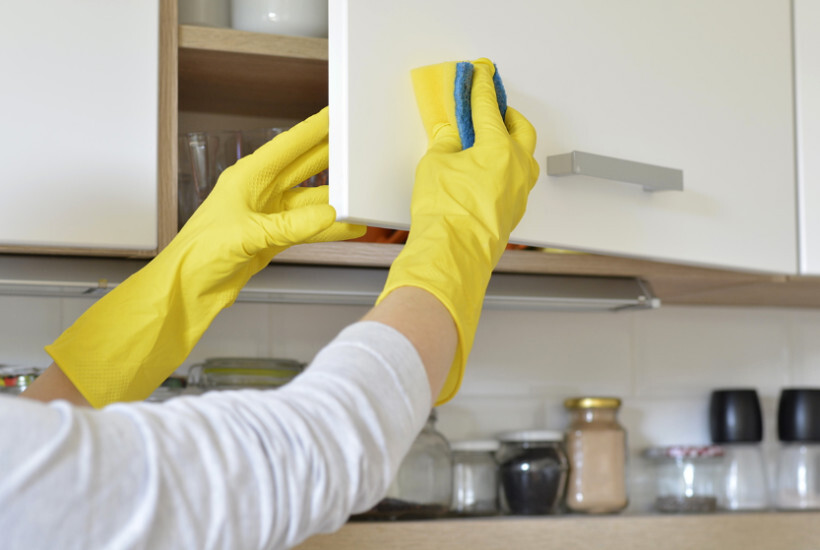 Cleaning shelves thoroughly is a key step to removing pantry weevil eggs and larvae. (Source: iStock)
Cleaning shelves thoroughly is a key step to removing pantry weevil eggs and larvae. (Source: iStock)
Once you’ve removed the affected food or products, remember to give your pantry a thorough deep clean to remove any remaining weevils or eggs. Remove the rest of your food items and vacuum the pantry shelves, corners, and crevices to clear out hidden eggs and larvae.
Wipe down surfaces with a mix of white vinegar and water or a mild detergent to disinfect the area, then allow the shelves to dry completely before restocking. For added protection, consider placing dried bay leaves or cloves in storage areas, as their scent may help keep weevils away. This is also a great way to get rid of cockroaches naturally.
Step 4: Inspect nearby areas for hidden infestations
Even if weevils have been cleared in your pantry, it’s also important to check other areas where they might be hiding. Inspect pet food, seed bags, dried flowers, and any other stored food sources nearby and beyond the pantry. Check behind your appliances, inside kitchen drawers, and even trash bins for any stray weevils or eggs.
Since weevils can spread throughout the home, consider doing a full house cleaning to eliminate any hidden pests. Vacuum carpets, clean storage spaces, and check rarely used cupboards or pantries where dry goods might be stored.
Step 5: Check your food storage and store your remaining food properly
 Using airtight glass containers helps block weevils from getting into your pantry staples. (Source: iStock)
Using airtight glass containers helps block weevils from getting into your pantry staples. (Source: iStock)
Practising proper food storage is key to stopping future weevil infestations. Here are some food storing tips you can try to prevent weevil infestation.
Avoid storing food in its original packaging, as thin plastic bags and cardboard boxes are easy for weevils to chew through. Transfer dry goods like grains, flour, and pasta into airtight glass, plastic, or metal containers to keep pests out.
Inspect your food when you buy it. Bugs in rice and granary weevils are especially easy to spot, so a quick check-in every now and then can save your pantry from a nightmare.
Label containers with purchase dates to maintain proper food rotation and ensure freshness.
How to get rid of weevils naturally
If you want a natural way to get rid of weevils in your pantry, there are several alternatives that can help. Here are effective ways to tackle weevils using simple, household ingredients.
Make a vinegar and water spray solution
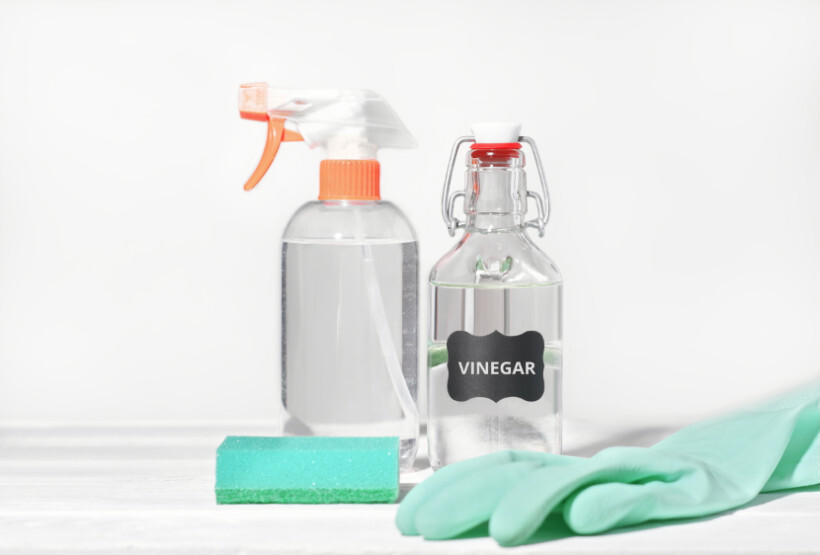 Vinegar is a safe and natural disinfectant to clean pantry surfaces after an infestation. (Source: iStock)
Vinegar is a safe and natural disinfectant to clean pantry surfaces after an infestation. (Source: iStock)
Vinegar is a simple yet effective way to kill weevils and disinfect your pantry. Mix equal parts white vinegar and water in a spray bottle and use it to wipe down pantry shelves, storage containers, and any areas where weevils have been spotted.
Use extreme temperatures to save stored food
If you want to save your food and encounter minimal weevil activity, try heating or freezing them. Dry foods like grains and pasta can be baked in the oven at a low temperature (around 60°C/140°F) for 15–20 minutes to kill weevils, though this won’t eliminate unhatched eggs.
If you want to target the eggs, repeat the heating process after a week once they’ve hatched. Alternatively, freezing infested food for at least 24 hours will kill weevils at all life stages.
Use natural deterrents
 Aromatic spices like bay leaves and cinnamon may help repel pantry pests naturally. (Source: iStock)
Aromatic spices like bay leaves and cinnamon may help repel pantry pests naturally. (Source: iStock)
Some natural ingredients make for excellent solutions to keep weevils out of the pantry and prevent future infestations. Bay leaves, cloves, and black peppercorns are known to repel these pests with their strong scent. Just put them in food storage containers or on pantry shelves to keep weevils away.
Common mistakes to avoid when dealing with pantry weevils
Getting rid of weevils requires a thorough and diligent approach, but many people make mistakes that allow the infestation to persist. Avoid these common errors to ensure your pantry stays pest-free.
Not checking all dry food items. Weevils spread fast, so it’s not enough to just throw out infested food. Always inspect all dry goods, including unopened packages, to catch any hidden infestations.
Skipping the cleaning step. Just removing the weevil-infested food doesn’t solve the problem, and you risk experiencing a reinfestation in the future. Eggs and larvae can linger in pantry corners and shelves, so a deep clean with vacuuming and disinfecting is essential.
Reusing infested containers. Even if a container looks clean, it may still contain weevil eggs. Wash all storage containers thoroughly with hot, soapy water before reusing them to prevent another infestation.
Ignoring cracks and crevices. Weevils can hide in tiny spaces, such as shelf cracks, baseboards, and even behind appliances. Pay close attention to these areas when cleaning to eliminate any hidden pests.
Not doing regular inspections. A single infestation can quickly return if you’re not careful. Check your pantry regularly, rotate food supplies, and store dry goods in airtight containers to prevent weevils from coming back.
Say goodbye to pantry weevils for good
The presence of pantry weevils can be frustrating, but with the right approach, you can keep these tiny pests from coming back and wreaking havoc on your shelves. Regularly inspecting your dry goods, storing food in airtight containers, and keeping your pantry clean are the best ways to prevent infestations. By making these simple habits part of your routine, you can protect your food and keep your kitchen pest-free.
If you need extra help, Airtasker makes it easy to connect with skilled pest control professionals who can handle weevil infestations quickly and effectively. From thorough inspections to tailored treatment plans, you’ll find experts ready to assist, so you can enjoy a clean, pest-free pantry with peace of mind.
Learn more about our contributors

Written by Angela A.
Staff Writer
Angela Apolonio is an experienced writer with a Biology background. She writes about home tips, car upkeep, gardening hacks, and food facts, bringing a unique blend of science and practicality to her work. As a wife and a mother, she knows the value of iron-clad routines, so she's passionate about sharing what works for her with everyone else. She loves making everyday life simpler and helping readers find fresh ideas to bring more joy into their spaces.
FAQs on pantry weevils
No, pantry weevils are not harmful to humans if accidentally consumed. While unappetising, they do not carry diseases or pose health risks. However, infested food may have a lower quality and should be discarded when possible.
Yes, weevils can spread beyond the pantry, especially if they find other food sources like pet food, birdseed, or dried flowers. They may also hide in cracks, kitchen drawers, or behind appliances.
No, weevils and pantry moths are different pests. Weevils are small beetles that burrow into grains and dry food, while pantry moths lay eggs that hatch into larvae, which feed on stored food. Both can infest pantries and require similar prevention methods.
Yes, bay leaves and cloves are natural deterrents. Their strong scent is believed to help repel weevils, though they may not eliminate an existing infestation. Placing them in storage areas can help reduce the risk of weevils returning.
Find pest controllers, fast
Find a pest controller
Related articles
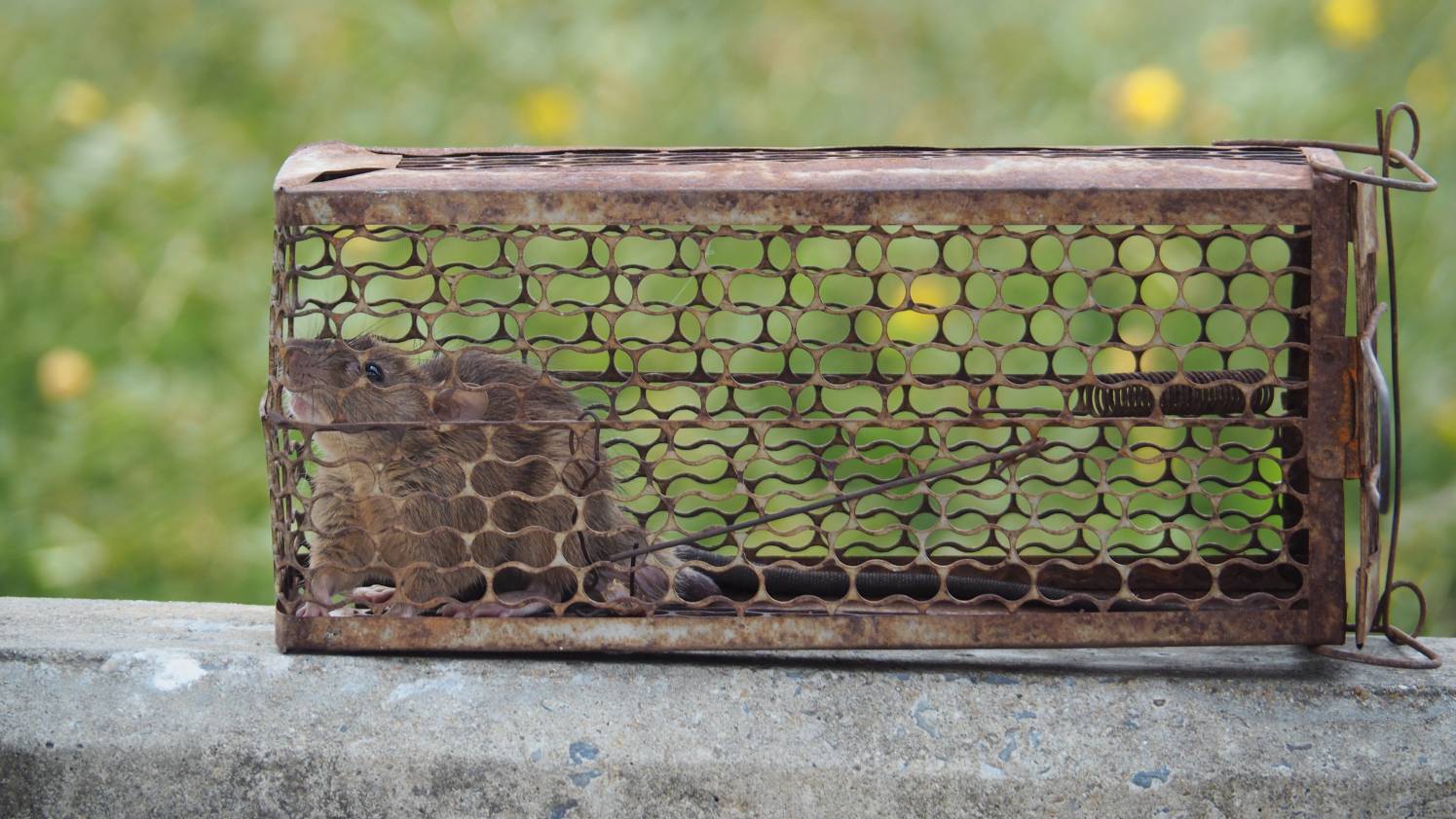
How to get rid of mice in your house
Read more
Related price guides
